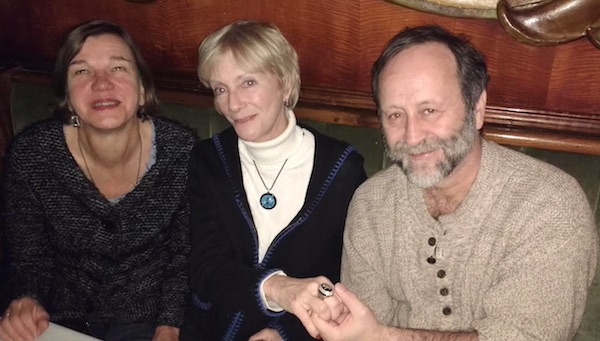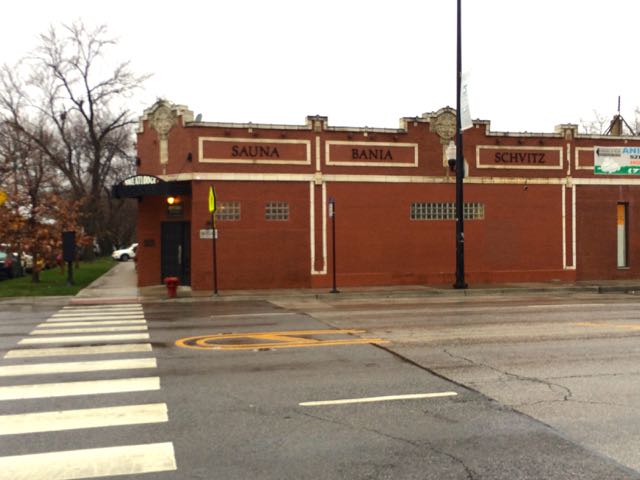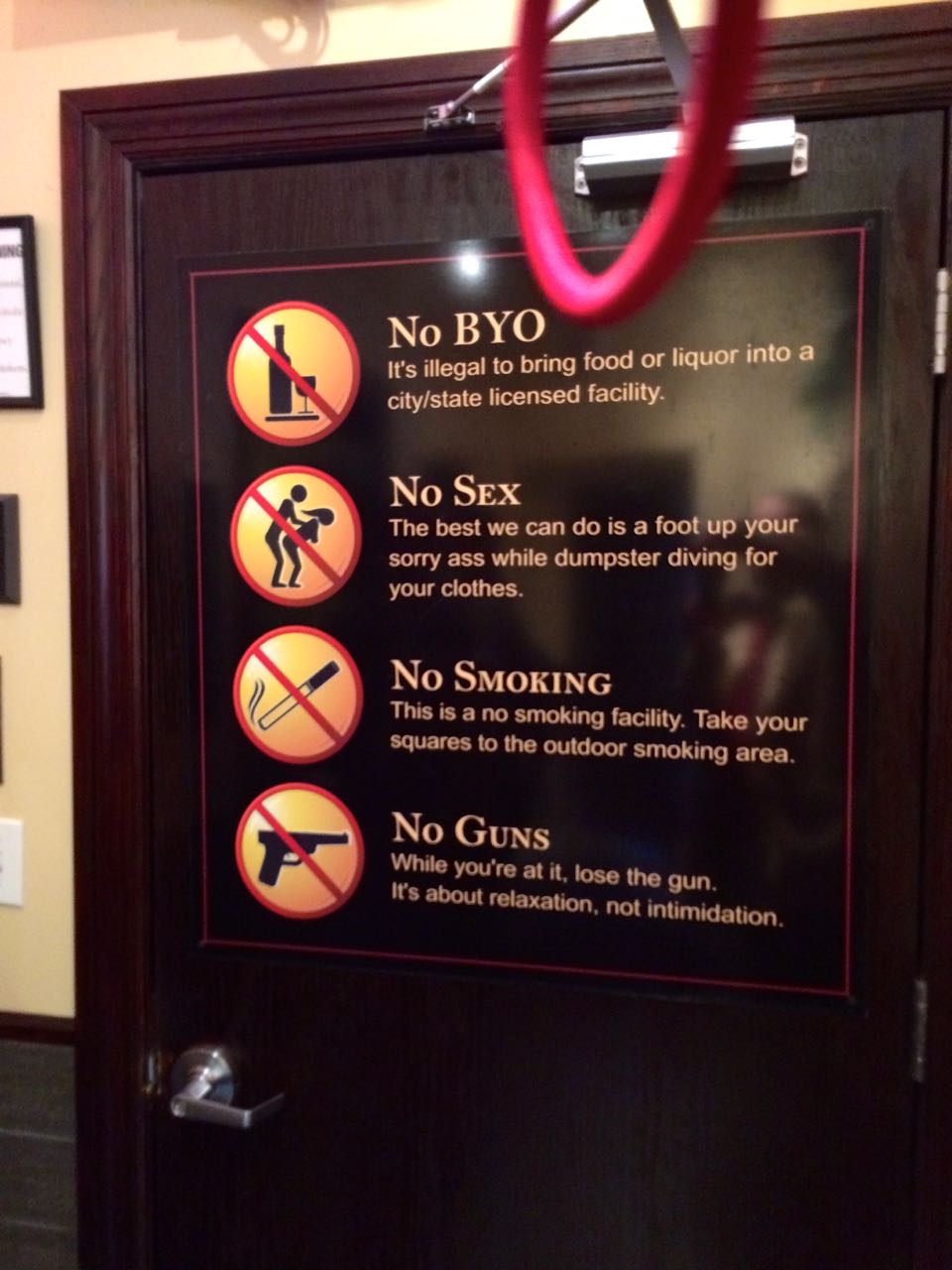Mondays with Mike: My home town
December 7, 2015 • 6 Comments • Posted in Mike Knezovich, Mondays with Mike, politics, travel, UncategorizedAs Beth wrote in her Sunday post, we spent a wonderful weekend with our friend Lydia, who moved to Cambridge to take a job with Harvard Magazine. Lydia’s a gifted writer and a solid reporter to boot—she just won an award for this article on the human biome that she wrote for the University of Chicago magazine, her previous employer. She’s still doing long-form stuff, but at her new gig at Harvard she also gets to write about Harvard’s highly ranked women’s hockey team. Lydia’s a hockey player herself, and teaches little kids to skate, so it’s a labor of love and nice change of pace for her.
Beth and I stayed in Cambridge, right on Harvard Square. I’ve been to Boston proper several times, but this was the first time I’d stepped foot in Cambridge. It was in many ways exactly what I expected. Harvard Yard, small by Big Ten standards, was just as Ivyish as I’d imagined. And there were the nearby neighborhoods, with big old houses and tree-lined streets and red-brick sidewalks that were buckled by tree roots. (Let the record show, however: It’s no Madison. I’m a University of Illinois graduate, and nothing beats our Quadrangle. But Madison, Wisconsin, is in a league of its own as far as college towns go.)
In other ways, I was a little surprised. Cambridge is more urban than I’d guessed, and there’s a lot of traffic and bustle mixed in with all the ivy quaintness. And I was a little surprised that it seemed like, well, lots of other college and university towns. Not sure what I expected—that Harvard students would look different? Well, they don’t. I mean, there’s clearly a lot of money in that town—you can sense it the same way you do in say, D.C. But overall, and I’m kind of happy to say this, it seemed like just a nice college town.
All in all, it was a splendid visit. Our friend is getting along well. But she made clear she misses Chicago, dearly. She’s actually from the South (and no Chicagoans, I don’t mean Kankakee), but between journalism school at Northwestern, community newspapering in the South Loop and her time at the University of Chicago, the city seems to have gotten into her blood.
When I first moved here, I wasn’t sure I could stand the sirens and the screeching of the L and all the construction noise. And it never gets really dark because of all the light pollution. Wide open spaces are hard to come by. Randy Newman’s got a song called “I Love L.A.,” in which he extols the virtues of Southern California, and explains why he wouldn’t live in some other places, including Chicago—here’s a line:
“Let’s leave Chicago to the Eskimos,
that town’s a little too rugged, for you and me babe.”
My first year or two here, I thought maybe it was a little too rugged. Gradually, something has changed. I think it’s perhaps that I’ve embraced the rugged, and rugged is what I love about this place. It is also, at times, what I hate about it. It’s goodness and awfulness seem to both be bald-faced. Phenomenal architecture and the symphony and art—all this tremendous beauty only miles from the Laquan MacDonald shooting. They might as well be separate universes. And citizens seem to be addicted to boss-system politics at the expense of transparent democracy—we must be, we keep voting for the monsters.
But, walking home from the Orange Line L stop on our way home Sunday, we passed the Harold Washington Library. Which reminded me that there are good people chipping away against the awfulness. And sometimes they win out. Like the many quiet heroes who stayed on that MacDonald case and made sure it didn’t go away.
Good striving against evil. Always. Right here in Chicago.





